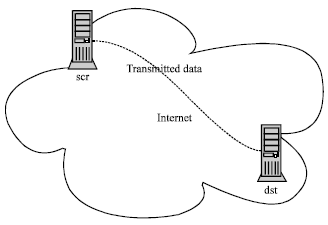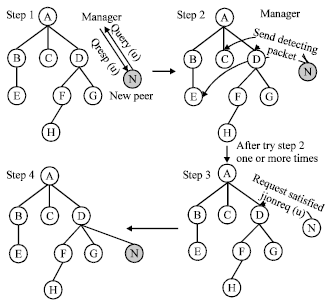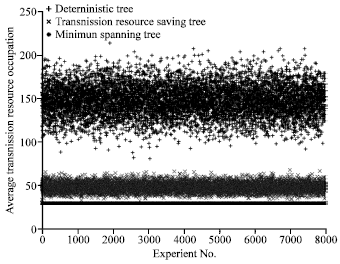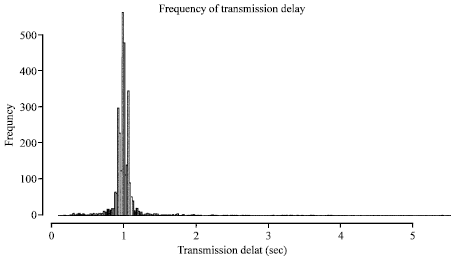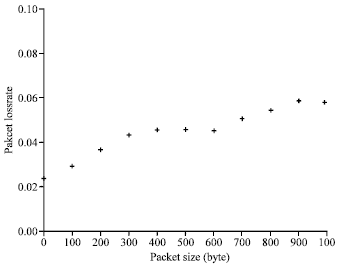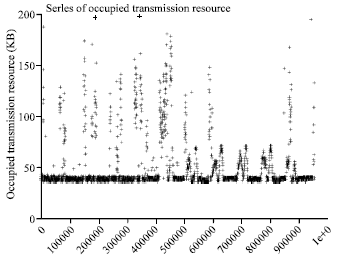Research Article
Resource Occupation of Peer-to-Peer Multicasting
Moe Klinns Lab and Sklms Lab, Department of Computer Science and Technology, Xi`an Jiaotong University, Xi�an, 710064, China
Qinghua Zheng
Moe Klinns Lab and Sklms Lab, Department of Computer Science and Technology, Xi`an Jiaotong University, Xi�an, 710064, China









